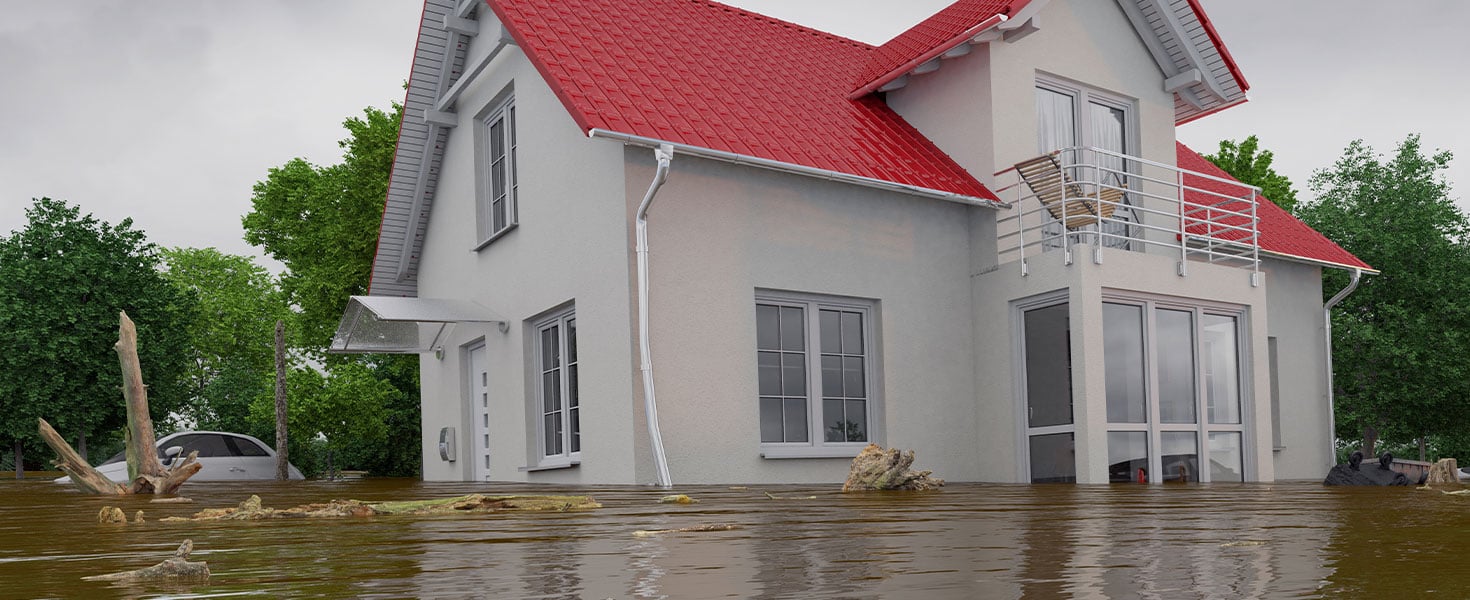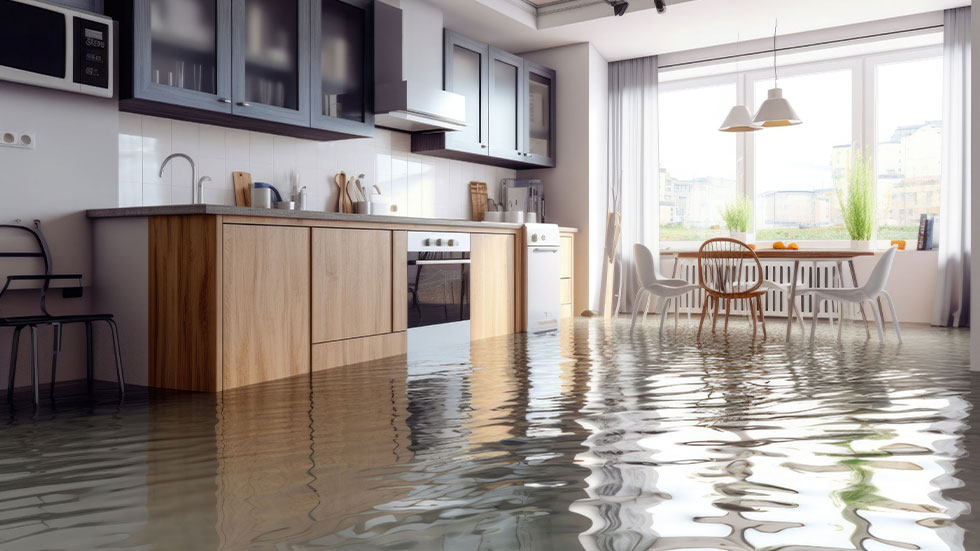Do I Need Flood Insurance?
Learn More About What Flood Insurance Is, What It Covers, And How To Decide If You Need A Policy


Floods are the number one natural disaster in the U.S., a year-round threat that affects residents nationwide and causes billions of dollars in damage each year. Since the year 2000, at least one flood occurred in the U.S. on nearly 300 days per year (on average).
Floods can happen anywhere, and just one inch of water can cause thousands of dollars in damage. That’s why it’s important to consider flood insurance for your home. Read on to learn more about how to decide if you need a policy.
Does homeowners insurance cover flooding?
No, most standard homeowners insurance policies don’t cover flood damage.

What is flood insurance?
Flood insurance is a separate policy you can purchase to cover buildings, the contents in a building, or both. The National Flood Insurance Program (NFIP), managed by FEMA and delivered by a network of more than 50 insurance companies, provides flood insurance to property owners, renters, and businesses. There are also some private flood insurance carriers.
This coverage can help homeowners and renters recover faster should they be impacted by a flood. In the event of a flood, your flood insurance policy would cover direct physical losses to your structure and buildings.
What does flood insurance cover?
Flood insurance coverage can vary, but generally,building coverage helps protect your:
- Electrical and plumbing systems
- Furnaces and water heaters
- Refrigerators, cooking stoves, and other built-in appliances
- Permanently installed carpeting, cabinets, paneling, and bookcases
- Window blinds
- Foundation walls, anchorage systems, and staircases
- Detached garages
- Fuel tanks, well water tanks/pumps
- Solar energy equipment
Content coverage helps protect your:
- Personal belongings like clothes, furniture, electronics, etc.
- Curtains
- Washer and dryer
- Portable/window air conditioners
- Carpets
- Microwaves
- Valuable items such as artwork (up to a certain limit)

What does flood insurance not cover?
Flood insurance covers losses directly caused by flooding and when determining coverage, the cause of flooding matters. Typically, the flooding must affect two or more acres of land or two or more properties. Otherwise, it may not be covered.For example, damaged caused by a sewer backup is only covered if it’s directly caused by flooding. Floods from broken water pipes, dishwashers, washing machines, or a water main break are also typically not covered.
Property outside of the insured building, currency, precious metals, valuable papers (like stock certificates), cars, and personal property kept in basements are usually not covered. Temporary housing and additional living expenses incurred when the building is being repaired is also often not covered.
How much does flood insurance cost?
The price of flood insurance depends on factors like:
- Your property’s flood risk
- The type(s) of coverage you purchase
- What the policy covers
- How much coverage you buy
Keep in mind you can purchase separate coverage for the structure of your home and for your belongings, which can impact the cost. Talk to your insurance agent to learn more and to get a quote for a policy that suits your needs.
Who is required to have flood insurance?
According to FEMA, you’re required to have flood insurance if:1.Your home falls in a high-risk flood area, AND
2.You have mortgage from a federally regulated or insured lender.
If your home falls in a moderate or low-risk area, you likely won’t be required to purchase a policy. However, a lender may require you to hold flood insurance at any time, even if they aren’t legally mandated to do so.

How to decide if you need flood insurance
First, if your home falls in a high-risk area and/or you’re required by your lender, you must get a flood insurance policy.
Otherwise, the decision to purchase a flood insurance policy depends on a variety of factors. Start by checking if your home is in a high, moderate, or low-risk area by using FEMA’s Flood Map Service Center. If you live in a coastal community or low-lying area near a body of water, consider getting flood insurance.
You should also consider the monthly cost of your flood insurance. If you live in a higher-risk area, your rates will likely be higher but you’re also more likely to be impacted by a flood. Older homes may cost more. However, older homes also cost more to repair in the long run, so it may be worth it to protect it with a policy.
Next, think about not only your home itself, but the contents inside. Because you can get just a building policy, contents policy, or both, you can choose one that protects your most valuable assets.
